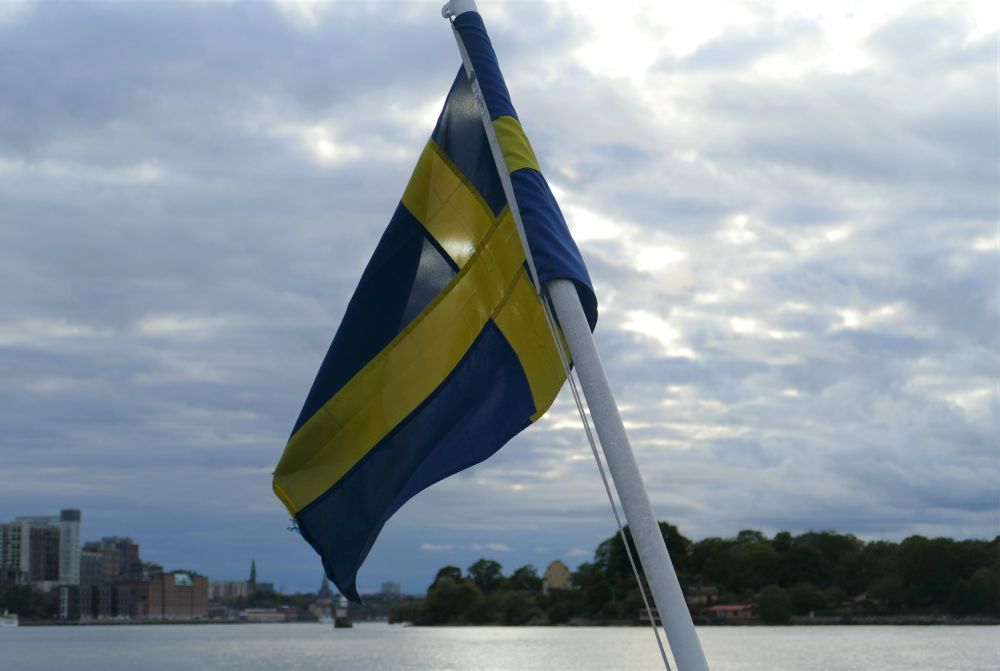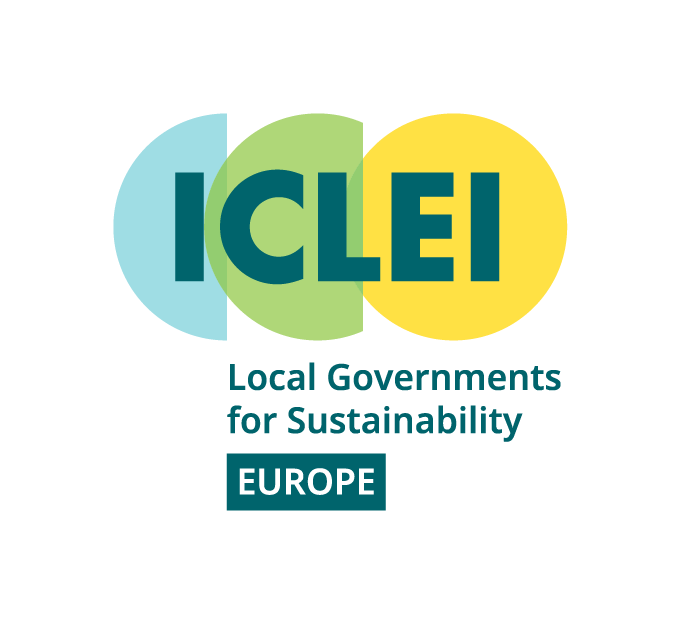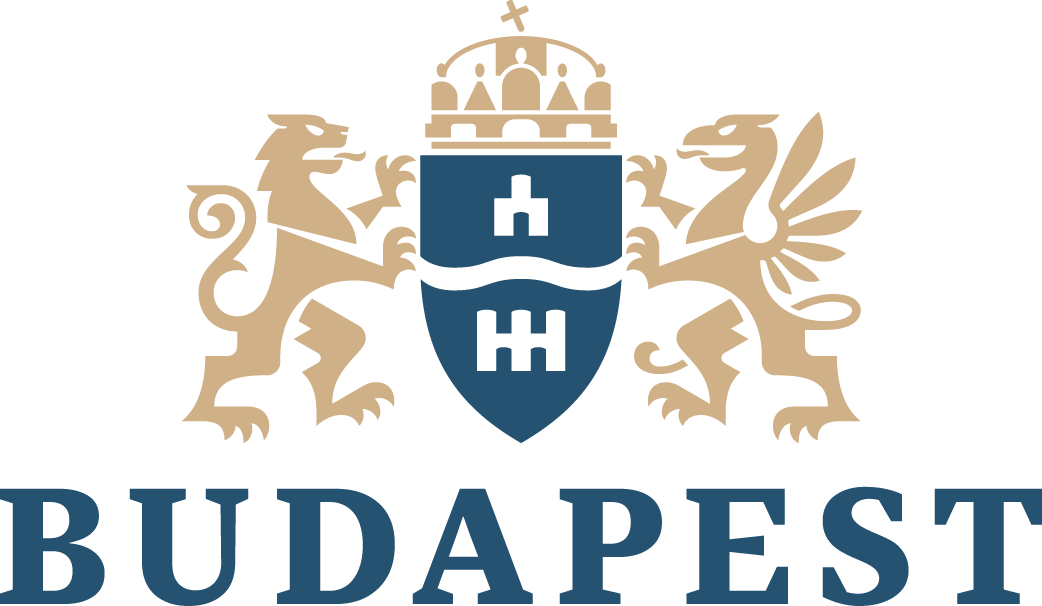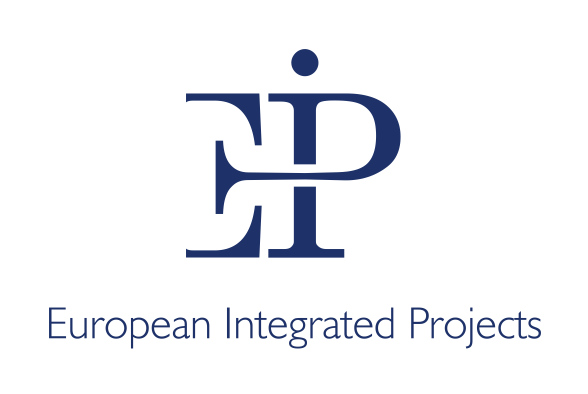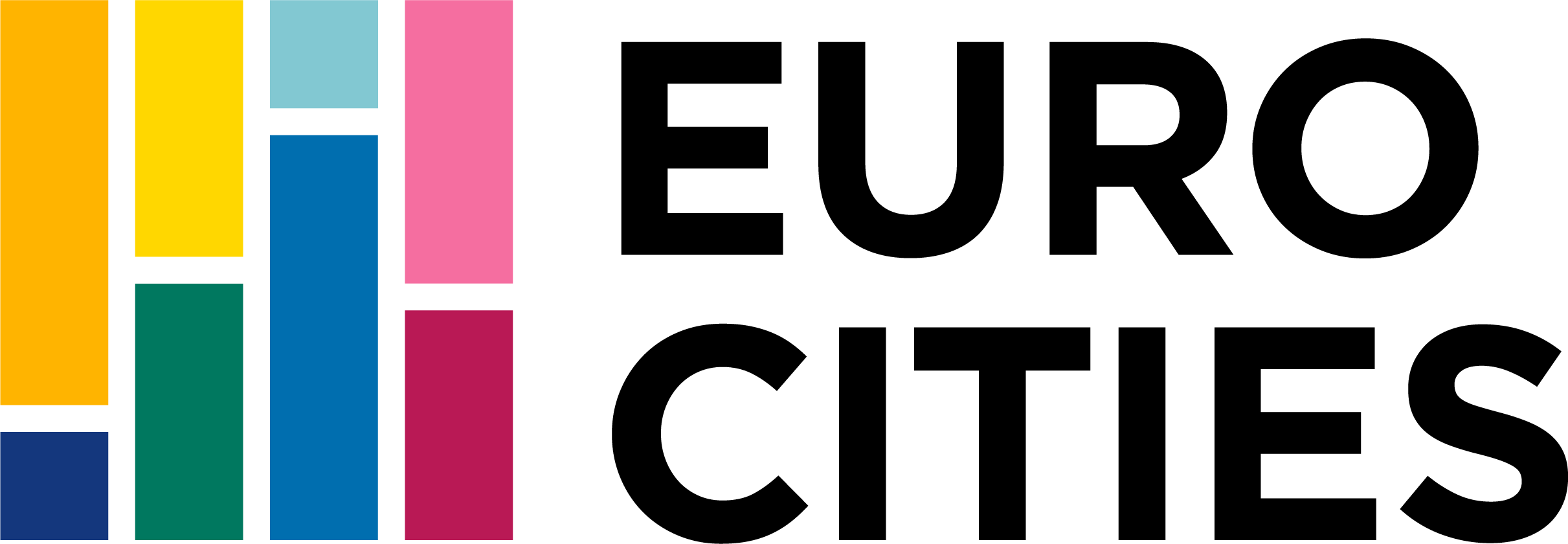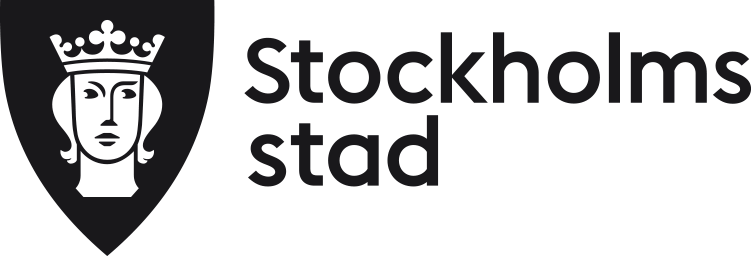
News
Reflections from FastTrack's Stockholm study visit
15 September 2022
Following our study visit in Stockholm, here’s a more detailed look into the trip!
The visit started with a tour of the Stockholm Royal Seaport, the city’s largest urban development project. In the early 2000s, it was declared a sustainable urban area to be protected and transformed by 2030. Originally an old hunting area and then devoted to gas production, it now boasts sustainable housing for over 12,000 people and 35,000 new work spaces, and is easily accessible to the city centre with public transportation. We toured this once industrialised space to view a gas production chamber which will be converted into a theatre, energy-plus housing which produces more energy than it needs, and saw efforts to introduce more green spaces into the community to help regulate housing temperatures. Following this tour, Local Affiliates had the opportunity to reflect on which aspects of this sustainably developed urban area could be relevant to their own communities.
Our discussions on urban logistic innovations continued with a tour of the cutting-edge logistics centre in Frihamnen. The City of Stockholm is currently expanding its subway system and is treating the rock that is dug out of the ground as a resource rather than a waste. Initially, this rock was transported to the logistics centre via trucks, requiring roughly 50 trips a day. However realising the negative impact this was having on city traffic and urban emissions, the logistics centre switched to transporting these materials using a barge, freeing the city of significant construction traffic and utilising a mobility option that was already available, the sea.
The third significant stop of the study tour was to Barkarbystaden, a recently developed peri-urban suburb north of Stockholm, emerging on a disused airfield. Local Affiliates and partners engaged in discussions with representatives from the private urban logistics company, Nobina. A central question that emerged from this discussion was how to develop this area in a way that encouraged using public transport. By working closely with city planners and designing roads that prioritise the bus system, they cut travel time by 50% and have guaranteed a commuting time into the city centre, regardless of the time of day. This has resulted in the modal share of public transportation use which is nearly as high as in the city centre itself, at 67%. The key to this quick transformation: cooperation.
The Stockholm study tour offered real time insights into sustainable and clean urban logistics and did so in an accelerated way. For takeaways from Local Affiliate representatives, check out our Stockholm highlight reel here.
Image (Anna Westervelt)
All news
Partners

This website is produced as part of the CIVITAS FastTrack Coordination and Support Action funded by the European Union Horizon 2020 research and innovation programme under grant agreement No 101006853. The sole responsibility for the content of this website lies with the FastTrack project and in no way reflects the views of the European Union.
